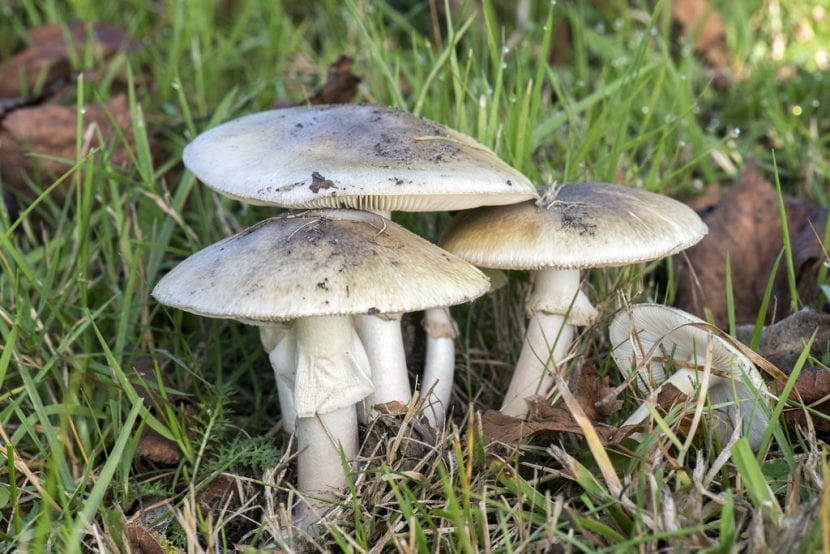
Do you love going mushroom picking? The truth is that enjoying the tranquility of the forest and the beauty of its flora and fauna while catching some is a magnificent experience. But you have to be careful, since not all of them are edible. In fact, there is one that is very common and, also, very dangerous: the phalloid amanita.
So that no problems arise, I'm going to tell you all about her. This way, It will be easy for you to identify it ... and not take it 🙂.
What are their characteristics?

Image - Wikimedia / Thomas Pruß
The phalloid amanita, whose scientific name is Amanita phalloides, It is a mushroom known as green oronja, canaleja, fungus of the death, deadly oronja and green hemlock. It is very similar to other mushrooms that are edible, which is why it is so important to know how to recognize it:
- His hat measures 5 to 15cm, with a convex or flattened shape, green in color, sometimes almost whitish and other times darker (olive green). The cuticle is smooth, not striated, and often does not show traces of volva. The blades are white and free, tight and wide.
- The foot is cylindrical and long, usually white but can occasionally have yellow-green areas. Its ring is white, with a volva in the shape of a white membranous sac.
- The meat is white, although it may be somewhat greenish under the cuticle. It does not have much firmness. The smell is pleasant when it is young, but very unpleasant when it ages. It is said that the flavor is soft and sweet, but I insist, it should not be consumed under any circumstances.
Where is it found?
The phalloid amanita has established symbiotic relationships with many trees in Europe. In these symbiosis, the plants receive from the fungus mainly water, nutrients and minerals that are essential for good growth and development. The lucky ones are the conifers, the oaks, the Oak trees, chestnut trees, beech, horse chestnut, birch trees, hazelnuts, hornbeam.
We can also find it in California, where it is associated with the Quercus agrifolia. In those places where it has been introduced, it has been found that it has no problem associating with plants that grow (naturally or introduced) in those places. For example, in South Africa it is associated with oaks and poplars. Therefore, it is a mushroom with significant invasive potential.
When does it appear?
This mushroom appears during the fall, as the summer heat recedes and the rains begin to make an appearance. It is during this time that many people go out for a walk in the countryside or forest, either to have a picnic or to go in search of mushrooms to take home. It is, therefore, a season in which you have to be well prepared, such as having downloaded some mushroom app for mobile.
Thus, surely we will not have to worry about picking up a toxic one, like our protagonist.
With what mushrooms can it be confused?
With these:
- volvariella volvacea
- Tricholoma flavovirens
- Russula aeuryginea
- Russula virescens
- amanita lanei
- Agaricus silvicola
Why is it toxic?
The phalloid amanita is a mushroom that contains two main groups of toxins: heterocyclic compounds and peptides. Both groups are found throughout the mycelium. In addition, it also contains falolysin and antamanid. All these toxins, as soon as they come into contact with the interior of the organism, begin to cause symptoms of poisoning, little by little; in fact, it may take two to twenty days for the person to feel unwell.
The symptoms are:
- Diarrhea
- Vomiting
- Dehydration
- Crampy abdominal pain
- Cold sweats
- Lowering blood pressure
- Tachycardia
- Hypoglycemia
- Acidosis
- Jaundice
- Delirium
- Seizures
- Eat due to liver failure
- Death
How is it treated?
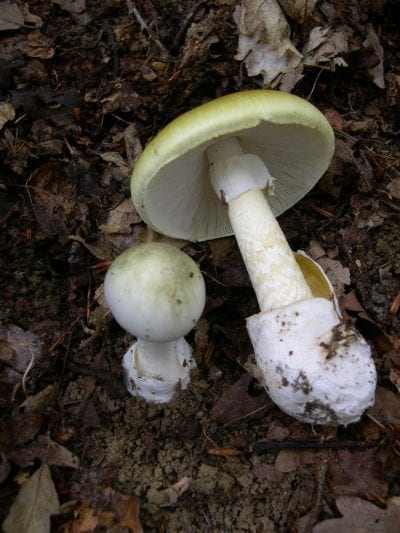
In case of poisoning, or suspected poisoning, it is necessary to go urgently to the doctor, taking a sample of the mushroom. Once the doctor has identified the phalloid amanita, what he will do is admit the patient and choose to do a gastric lavage with activated charcoal. Now, because symptoms take time to appear, you may need a liver transplant. In addition, you will be given medications to relieve and treat dehydration.
The death rate has fallen from 70% in the middle of the 20th century, to 10-15% in recent years, something that is undoubtedly a very, very positive piece of information.
Famous victims
The death of a person is never pleasant. Not knowing often causes us many problems, especially if you live in a time when the Internet has not yet been created. And it is that, throughout history, there have been several people who have been victims of poisoning by amanita phalloides, such as Archduke Charles of Austria, who died ten after eating a plate of sautéed mushrooms. He had no male offspring, which gave rise to the Austrian War of Succession.
Another of the personalities was the Emperor Claudius, who was fond of cesarean amanitas, which are mushrooms with an orange hat. Agrippina the Lesser, the emperor's niece, drew up a plan that consisted of exchanging these amanitas for phalloids. However, it must not have turned out very well, since it is said in the book "Claudio, the god, and his wife Messalina", by Robert Graves, who was Claudio's doctor who ended Claudio's life, introducing him into throat a feather smeared with poison.
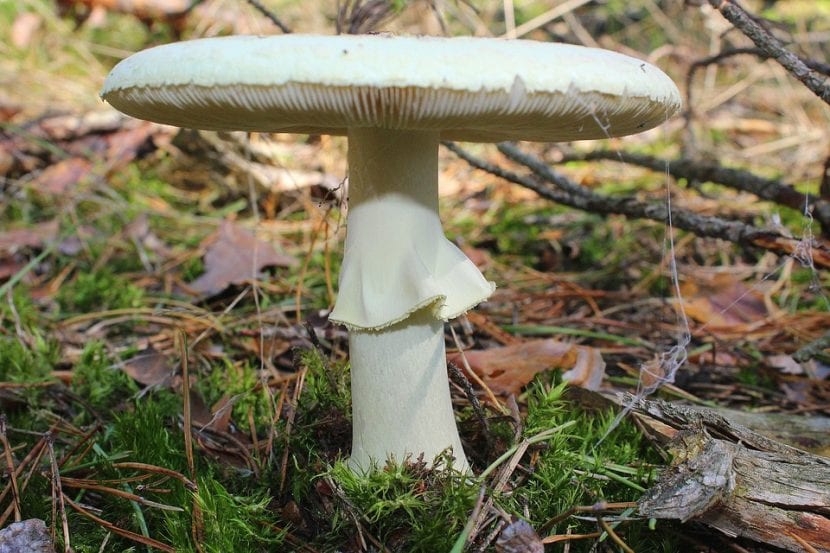
With mushrooms you have to be very careful, especially if you don't have much experience. We hope this article helps you to identify the Amanita phalloides, the most dangerous mushroom in the world.
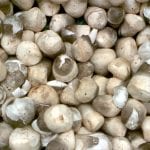
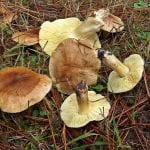
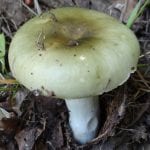
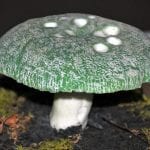

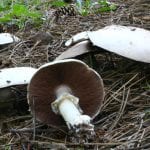
very interesting and grateful for this knowledge that helps us a lot who love plants in their various forms
The second image corresponds to a species called Amanita Citrina, keep that in mind.
Hello PunkingTRY.
Thank you very much for the warning. It is corrected.
Regards!